Phytonutrients - what are they and how do they affect the body?
min. reading
Phytonutrients is a concept that can be encountered very often when analyzing the principles of balanced nutrition. These are compounds produced by various plants, but their level in a given plant and the type of phytonutrient itself depends on many factors. What substances are classified as phytonutrients and what role do they play in the diet?
Table of Contents
Phytonutrients – what are they?
Phytonutrients are substances that naturally occur in plants to protect them. They are designed to prevent fungal and viral invasions, as well as to reduce the harmful effects of the environment on a particular plant. It is thanks to phytonutrients that many plant organisms have and they give them the ability to survive in the environment.
What exactly are phytonutrients and how to recognize them? An example is the colored pigments that are found in vegetables and fruits, such as the red color of a tomato or the green color of lettuce or spinach. These pigments absorb and inactivate ultraviolet rays, which could be harmful to plants.
Another example of phytonutrients are aromatic substances, contained, for example, in garlic or onions. They are responsible for protection against viruses and bacteria.
Effects of phytonutrients on our body
There are several groups of phytonutrients, found in nature. The most important of these are presented below.
Carotenoids
They are responsible for red, orange and yellow pigment in plants. Among the carotenoids we distinguish:
- beta-carotene;
- alpha-carotene;
- beta-crypto-carotene;
- utein;
- lycopene;
- vexanthin.
Due to their color, carotenoids are often used in skin care. They are known for their rejuvenating properties, but they are also often used in tanning creams, as some of them (mainly beta-carotene) are stored in the skin and may be responsible for its darker shade1.
Carotenoids have a reputation for benefiting the skin. It is estimated that they promote epidermal regeneration, condition epithelial growth and counteract peeling. In cosmetics, they have found use as filters, protecting against UV rays.
Chlorophyll
Responsible for the green color of leaves in plants and the processes of photosynthesis. In the human body, chlorophyll has a protective function, which means it can support the immune system. It is also estimated to offset bad breath and may have a beneficial effect on skin condition2.
Flavonoids
They have an antioxidant function, which means they remove toxins from the body. Their sources include citrus fruits, green leafy plants and legumes. They are a natural colorant of plants and protect them from UV radiation. Studies show that flavonoids can strengthen blood vessels3. Flavonoids also have a diastolic and diuretic effect, and are also credited with properties that benefit nervous system function. (More on flavonoids).
Phytosterols
They are found in plants rich in fat, such as sunflower seeds, pumpkin seeds and sesame seeds. Sprout oil and virgin soybean oil are also high in these components. Epidemiological studies show that consumption of phytosterols can protect the body against the development of colon, prostate and breast cancer5.
Inositol
The largest amounts of it are found in nuts, whole grain products, citrus fruits, legumes, wheat germ and yeast. In the human body, inositol affects calcium metabolism and the balance between copper and zinc in the brain. It is also estimated to increase the sensitivity of receptors to serotonin, facilitating relaxation processes6. Inositol also helps to return to regular menstrual cycles in polycystic ovary syndrome.
Lignans
They are part of polyphenols and belong to the phytoestrogen group. They are most often found in oily grains, such as flax seeds and sesame. They also accumulate in the components of insoluble fiber, so they can also be found in some quantity in whole grain products. Among the properties of lignans are their hormone-regulating effect, as well as anti-inflammatory, antioxidant and anticancer properties7.
Saponins
Show diuretic, expectorant, anti-inflammatory, antibacterial, antifungal and antiviral effects. They aid in the absorption of nutrients and stimulate the secretion of gastric juices. They intensify the digestion of fats8. Not all saponins are healthy for humans; those with health properties can be found in, among others:
- ginseng;
- olives;
- soybeans
- aloe vera;
- quinoa.
Terpenes
Terpenes are phytonutrients found in hemp, black pepper, lavender, mango or lemongrass, among others. It is estimated that there are more than 200 different terpenes in hemp seed, and each of them has a different chemical structure, which means they can affect the human body in slightly different ways. (More on terpenes).
Phytonutrients vs. hemp products
Hemp is known to contain a plethora of different phytonutrients. The most popular of these is, of course, cannabidiol, but in high-quality hemp products you’ll also find sizable amounts of terpenes, flavonoids and the other substances mentioned above.
Some of the more highly regarded hemp products are those that contain the full spectrum of cannabinoids and phytonutrients, providing a good way to consume these substances. Consuming products made from hemp, with full nutritional values from the plant, will add good variety to our diet.
When looking for high-quality cannabis products, it is worth paying attention to the certifications, specifying:
- cannabinoid content;
- the content of terpenes;
- the amount of heavy metals.
Phytonutrients are unique compounds, derived from plants. Most of them add variety to our daily menus, so it is worth implementing them into the diet. Full spectrum hemp products are a way to consume high-quality phytonutrients.
Bibliography
1. https://www.poradnikzdrowie.pl/diety-i-zywienie/co-jesz/karotenoidy-wlasciwosci-i-zrodla-w-zywnosci-aa-orFW-H14P-9rDd.html
2.https://zdrowoodlotowo.pl/chlorofil-wlasciwosci-charakterystyka-zastosowanie
3. https://www.medonet.pl/zdrowie,flawonoidy—dobro-prosto-z-roslin,artykul,1733231.html
4. https://go4taste.pl/blog/bialko-konopne-wlasciwosci-zastosowanie-i-dawkowanie/
5. https://www.zwrotnikraka.pl/fitosterole-wlasciwosci-apoptoza/
6. Godala M., Szymańska A., Materek-Kuśmierkiewicz I., Szatko F. Spożycie napojów energetyzujących przez sportowców. Cz. II. Znajomość składu napojów energetyzujących. Probl Hig Epidemiol 2013, 94(2): 273-279;
7. https://dietetycy.org.pl/lignany/
8. https://en.wikipedia.org/wiki/Saponin

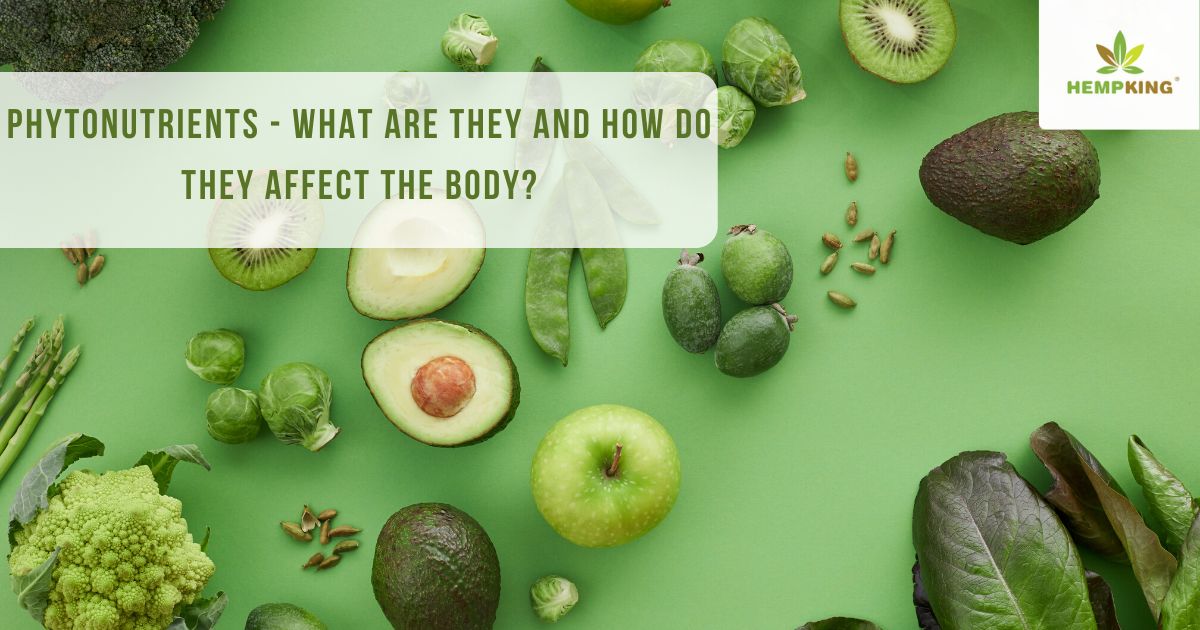



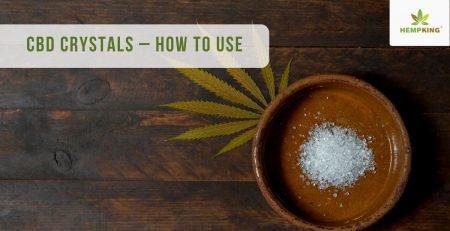
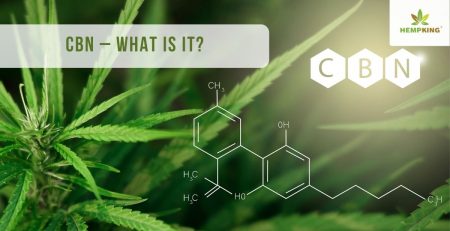
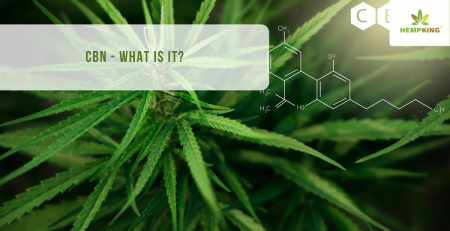
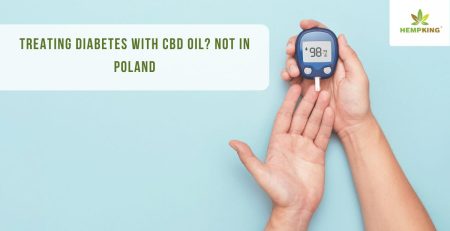
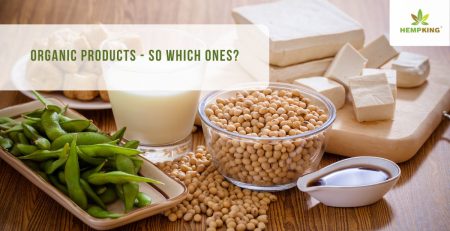
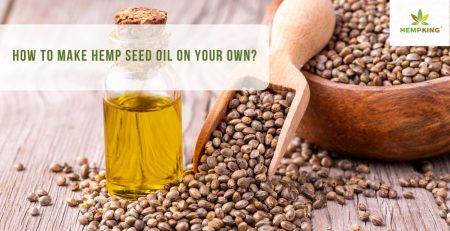


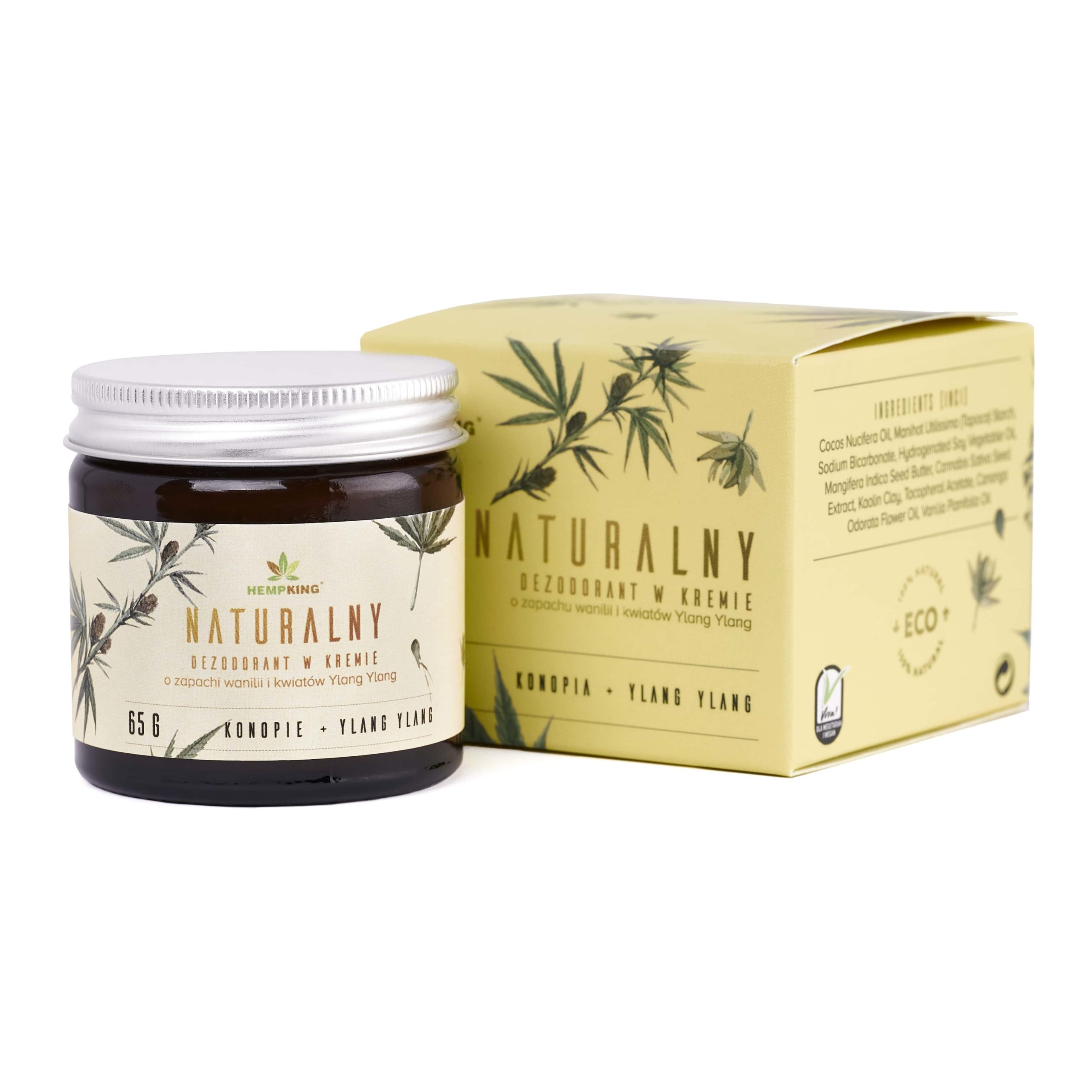
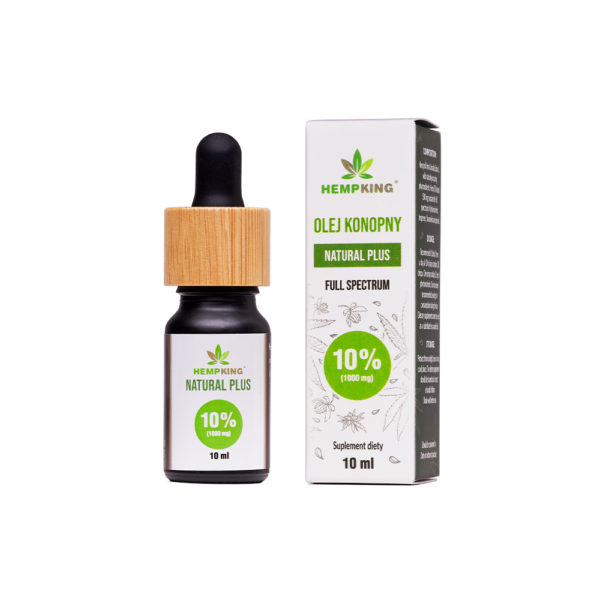
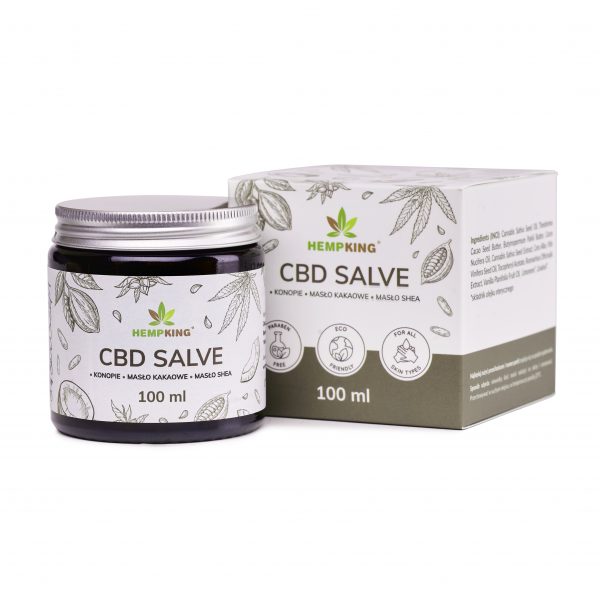
 Facebook
Facebook Instagram
Instagram

Leave a Reply